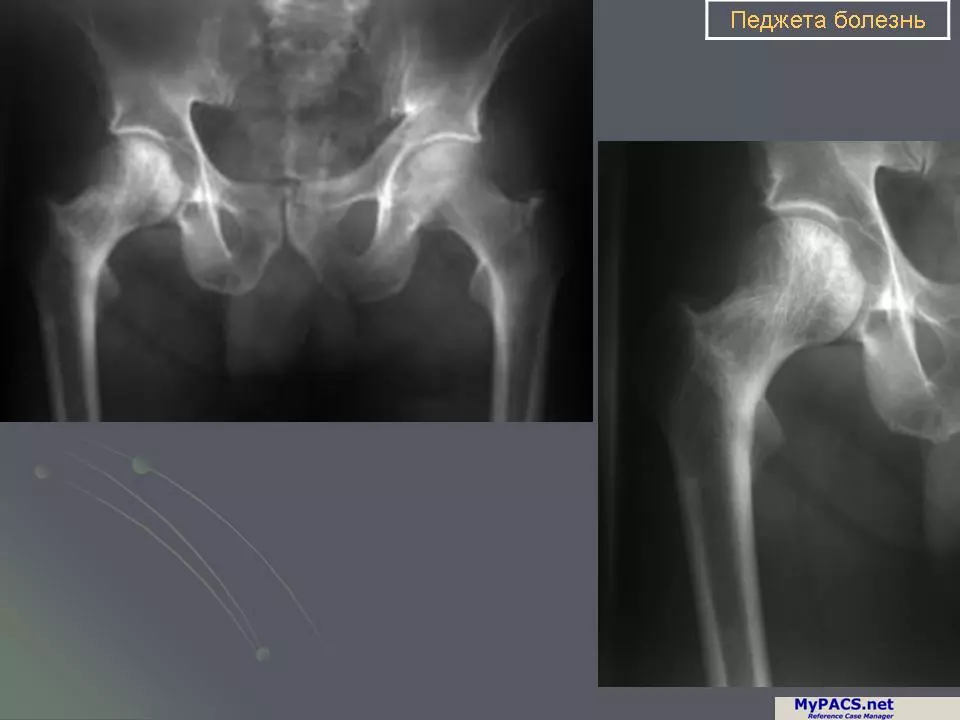Osteomalacia: What You Need to Know About This Bone Condition
Ever heard of osteomalacia? It’s a condition where your bones become soft and weak, usually because of not getting enough vitamin D. This vitamin helps your body absorb calcium, which is crucial for strong bones. Without enough, your bones start to lose their strength, making you more prone to fractures and aches. If you’ve been feeling unexplained bone pain or muscle weakness, it might be worth looking into osteomalacia.
Why Does Osteomalacia Happen?
The main culprit behind osteomalacia is a lack of vitamin D, often due to limited sun exposure or poor diet. Our skin makes vitamin D when we’re in the sunlight, so staying indoors too much or living in cloudy climates can affect this. Besides that, certain medical issues such as kidney or liver problems can block vitamin D activation. Some medications may interfere with vitamin D or calcium absorption too. If you have these risk factors, it’s smart to discuss vitamin D testing with your doctor.
Spotting and Managing Osteomalacia
Symptoms usually include dull, aching bone pain and muscle weakness. People often describe it as a deep ache in the hips, legs, or lower back. You might also find walking or standing tiring. These signs often develop gradually, so they’re easy to miss at first. Diagnosis involves blood tests to check vitamin D and calcium levels, plus X-rays to spot bone changes.
Treatment mainly focuses on restoring vitamin D and calcium levels. Doctors usually recommend supplements and suggest spending more time safely in sunlight. In some cases, you might need higher doses or special vitamin D forms. Fixing the underlying cause, like kidney issues or diet problems, is also key. With the right care, bones can regain strength and pain should fade.
Thinking about ways to boost your vitamin D naturally? Try spending a few minutes outside each day without sunscreen, depending on your skin type and local weather. Also, foods like fatty fish, egg yolks, and fortified dairy products help. If supplements are needed, make sure to follow your healthcare provider’s guidance to avoid taking too much.

